More than 10 years ago, The Salvation Army began discussions about a new housing facility to help meet a growing need in Edmonton. An underutilized property owned by The Salvation Army presented a promising opportunity to create something different—a state-of-the-art, energy-efficient and net-zero ready building called Grace Village.
Though a decade has passed since the start of the project, the need for affordable housing has only increased. Vulnerable populations, including people experiencing homelessness and those coming out of hospitals, rehabilitation and detox centres, need a safe place to help stabilize their lives. Grace Village, complete with supportive programs and a friendly, welcoming atmosphere, offers them a place to land.
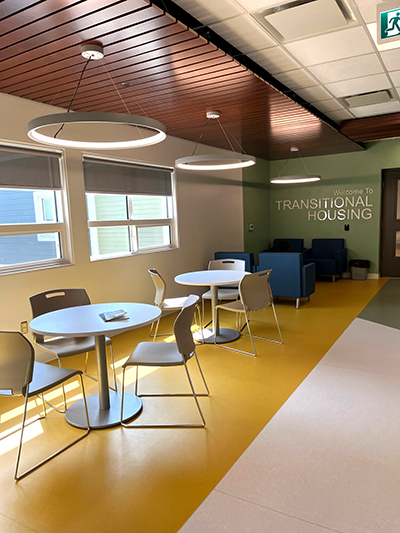
A Stable Place
In June, Grace Village moved residents into the 175-unit facility, which features transitional housing for residents to stay up to 18 months at a time, supportive housing, which is a permanent living solution for those who come through addictions or mental-health programs, and a stabilization program to help bridge the gap for people with changing or uncertain living situations, or for those waiting to enter treatment programs.
“Hospitals can’t discharge people to homelessness,” explains Vanessa Sim, assistant executive director. “If there is a gap between where they are and where they are going, we want to keep them safe through our stabilization program.”
At Grace Village, residents have access to the amenities of a modern housing complex, including green space, gardens, a fitness room, a rooftop patio and common lounges, but they also have access to in-house personal supports, such as addictions and mental-health programming.
“Coming from our old location, Grace Village feels like a breath of fresh air. The residents feel that decompression, too,” says Sim, who notes that the increased breathing room has led to a significant reduction in escalated behaviours, enhancing the well-being of residents and staff. “We’ve had very positive feedback, and we’re seeing the impact that this has already.”
Sustaining Mission
Walking into Grace Village, the open, calming and bright atmosphere is different from other shelters or transitional and supportive housing facilities. And with a focus on energy efficiency and environmental stewardship, Grace Village is classified as net-zero ready, a first for The Salvation Army in Canada and Bermuda.
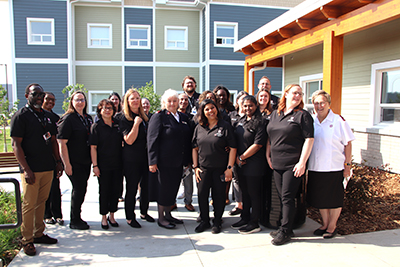
“We received funding for this project from the Green Municipal Fund—now the Canadian Federation of Municipalities—and Canada Mortgage and Housing Corporation, and with that funding came strict requirements and targets that we had to meet,” explains Michaela Jones, project manager in the property department at territorial headquarters. According to Jones, to be net-zero ready, Grace Village had to reduce its energy consumption and carbon emissions per square foot to exceed a minimum standard set by the funding organizations. “We committed to a 55-percent decrease in greenhouse gas emissions and a 55-percent decrease in energy consumption,” says Jones.
Grace Village commits to saving energy and offsetting energy outputs with power generation methods, ultimately reducing operating costs to put funds back into mission and the long-term sustainability of the programs. The project is expected to see payback within four years, and is projected to save approximately $240,000 in operational costs each year and a staggering $6 million over its lifespan.
How It Works
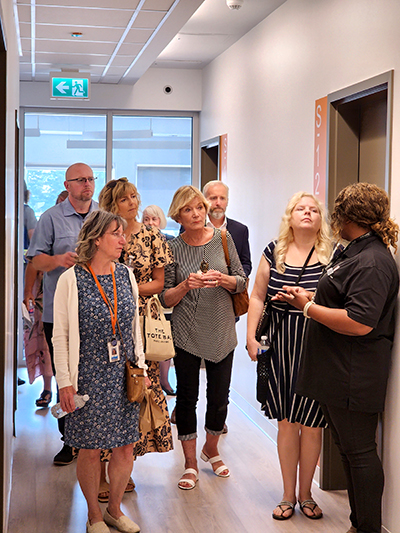
“Grace Village still needed to be a comfortable residential space, and it does not feel or look like a net-zero energy-efficient building. It feels as comfortable as any other facility in this sector,” explains Richard Shields, project manager in the property department at territorial headquarters. Although it looks like a modern and comfortable housing complex from the outside, the architecture of the building is deeply intentional, with green features in place to achieve a net-zero ready status, including solar panels and a ground-source geothermal system.
The ground-source geothermal system plays a significant role in pre-heating and cooling the building’s heating and air conditioning. “With the ground temperature at seven degrees, the building only needs to heat from seven degrees up to 20 in the winter,” explains Jones, who adds that this geothermal system is 700 times more efficient for cooling in the summertime than conventional air conditioning systems. And with approximately 300 heat pumps operating in different areas of Grace Village, the geothermal system is 500 times more efficient for heating the building than conventional heating systems. Triple-paned windows and a high level of insulation also help minimize the energy required for temperature control.
In addition, a system of 512 modules of solar panels on the roof of Grace Village power most of the building’s electrical and heating systems.
A Deeper Commitment
Beyond its environmental achievements, Grace Village also demonstrates The Salvation Army’s commitment to Indigenous reconciliation. Before construction began, The Salvation Army engaged in meaningful conversations with the Indigenous community, the traditional caretakers of the land, and invited them to take part in a land blessing ceremony.
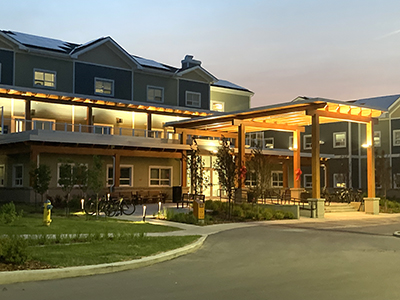
“It was a meaningful ceremony, from are lationship-building perspective,” says Jones. “At the grand opening in June, Harold Roscher, elder and director of the Native Healing Centre, came back and said that The Salvation Army was walking with the First Nations people through the process of reconciliation.”
This commitment is also built into the design of Grace Village, with an acknowledgment rock situated at the front entrance of the building as part of the experience of entering Grace Village. Inside, the ventilation system allows for smudge ceremonies to take place in the main multipurpose room.
“The Salvation Army has implemented policies related to the United Nations Declaration on Rights of Indigenous Peoples, and this project has been a good example of that inter-nation-building,” says Jones.
Setting the Standard
“We’re not building new facilities all the time. So, we must take the same concept and apply it to renovations and other projects,” says Shields, who raises the question: How can we incorporate more efficiency into The Salvation Army’s architecture, and improve the quality and sustainability of future projects?
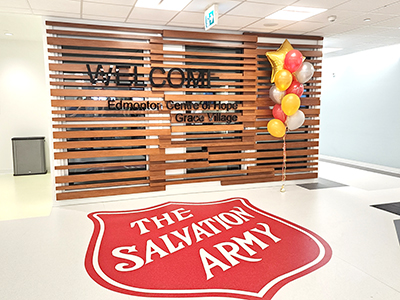
Since its opening in June, Grace Village’s innovative features and commitment to sustainability have garnered interest from various organizations and communities inspired by its success. One of the mandates from the Federation for Canadian Municipalities, a project funder, was to share information with the wider community that would help other people achieve these goals.
“This is something that can be done on every level, we just have to have the appetite, willingness and patience to do it,” says Shields. “Every project is different, and though you can’t take the initiatives from this project and apply it to every other project, take the creativity. Take the inspiration from this project and find other ways to achieve the same goals.”
As Grace Village continues to positively impact the lives of its residents and the immediate community in Edmonton, the project also exists as a model of sustainability and environmental responsibility in the housing sector.






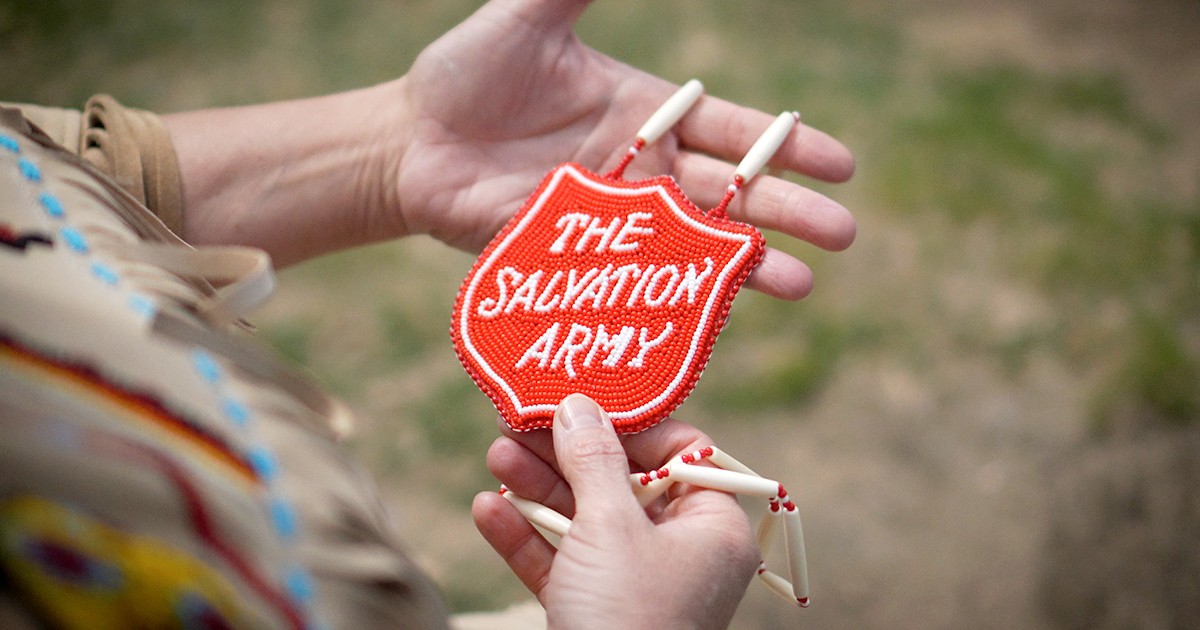



We need this type of building in the GTA!